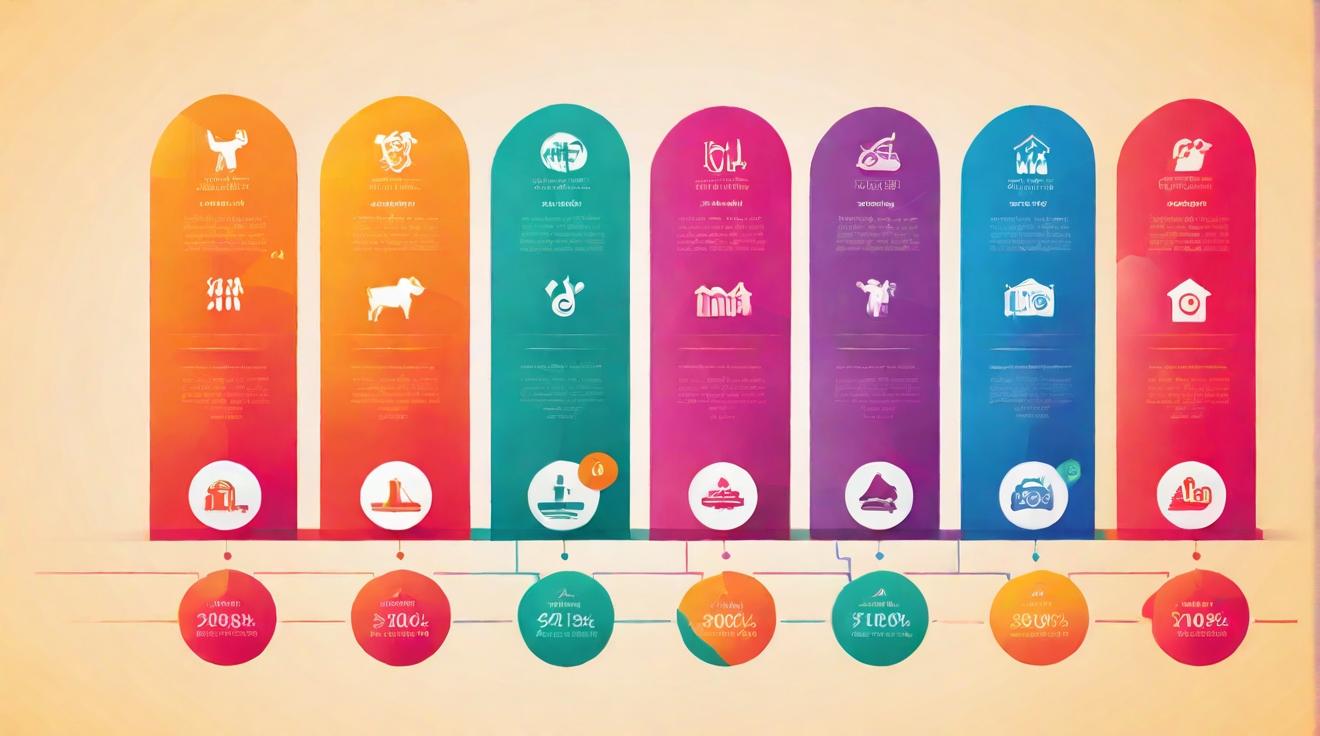Government Shutdown Amplifies Pressure on Federal Reserve
The ongoing U.S. government shutdown has intensified expectations that the Federal Reserve will reduce its benchmark interest rate later this month. With the impasse showing no immediate signs of resolution, Federal Reserve Chair Jerome Powell and his colleagues are increasingly likely to adopt a cautious, easing-oriented stance, according to market analysts. Krishna Guha, head of global policy and central bank strategy at Evercore ISI, highlighted that the shutdown and resulting delays in economic data releases have strengthened the case for an October rate cut, which was already considered highly probable.
“The US government shutdown and associated data delays nudge what we judged was already a firmly odds-on Fed rate cut in October further odds-on,” Guha said in a client note.
Data Disruptions and Labor Market Concerns Take Center Stage
The shutdown has resulted in significant disruptions to the release of critical economic data, including employment figures. These delays complicate the Fed’s assessment of the labor market’s health, which remains a pivotal factor in monetary policy decisions. According to Bank of America economist Stephen Juneau, the absence of timely September jobs data will incline Chair Powell and the Federal Open Market Committee (FOMC) to favor a “risk management” rate cut in October to mitigate downside risks.
“First, it would take a solid [September] jobs report to keep an [October] hold in play. If the [September] jobs data are not available, Chair Powell will likely be inclined to push for another ‘risk management’ cut,” Juneau explained.
The Congressional Budget Office estimates that each day the government shutdown continues could result in 750,000 federal workers being furloughed, with compensation costs amounting to $400 million daily. Such layoffs would further strain an already weakening labor market.
Federal Reserve’s Outlook and Market Expectations
At the September FOMC meeting, a narrow majority of officials indicated support for two interest rate cuts by year-end, a shift from the prior expectation of a single reduction. While concerns linger about tariffs potentially fueling inflation, most Fed members view these effects as temporary and anticipate inflation will gradually return to the 2% target. Reflecting these views, futures markets have priced in a 100% probability of a rate cut in October and an 88% chance of another cut in December, according to CME Group’s FedWatch tool—both figures having risen since the shutdown began. Some analysts caution that while the shutdown may end before the Fed’s next meeting on October 28-29, any continuation of the impasse will heighten the risks the Fed aims to mitigate through monetary easing.
Labor Market Vulnerabilities Amid Prolonged Shutdown
Federal furloughs could become permanent, a departure from past shutdowns where backpay was guaranteed upon returning to work. President Donald Trump has signaled intentions to review federal payroll sizes, potentially leading to lasting job losses. This development compounds recent negative trends in the labor market, with private payrolls declining by 32,000 in September according to ADP data. Additionally, the broader Bureau of Labor Statistics employment report, which includes government workers, will be delayed if the shutdown persists.
FinOracleAI — Market View
The government shutdown has introduced significant uncertainty into the U.S. economic landscape, reinforcing expectations that the Federal Reserve will pursue additional interest rate cuts to cushion the economy from mounting risks.
- Opportunities: Rate cuts could support economic growth and stabilize markets amid uncertainty.
- Risks: Prolonged shutdown effects on the labor market may deepen economic weakness, complicating recovery.
- Data delays hinder accurate real-time assessment of economic conditions, increasing policy risk.
- Potential permanent federal layoffs could depress consumer spending and confidence.
Impact: The shutdown tilts the balance in favor of monetary easing, with the Fed likely to deliver at least one rate cut in October to mitigate downside economic risks and labor market fragility.













